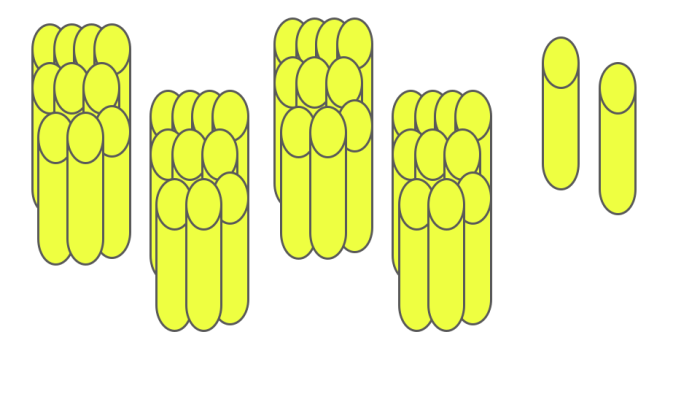In this activity, we will be estimating and reading numbers that are represented in different ways.
Example 1
We will be looking at number lines and working out which numbers go where.
Here, we have to work out what numbers go at a, b, and c?
(3).png)
The first thing we need to do is read the scale of the number line, where does it start and where does it end?
This number line starts at 0 and ends at 100, so this number line has a lot of numbers on it!
There is also a 50 halfway.
We can use the numbers we've been given to try to work out what the numbers would be for each smaller line.
We can take a sensible guess as to what we think the scale may be going up in - there are 4 small lines between 0 and 50, so let's try 10s:
(1).png)
Yes, that works! So we can now see that a = 10 and b = 30
Let's work out c.
Now we know the scale is going in 10s, we can count back one 10 from 100.
This means that c = 90
Example 2
We will also be looking at reading numbers represented in different ways.
Can you estimate what number is being represented here?

First of all, let's count how many yellow straws are in each bundle. We can count the circles at the tops of the straws to work this out.
There are 10 in each bundle. This means that we can then count the bundles in groups of 10:
10, 20, 30, 40.
Now, there are 2 straws left so we just need to add these to 40:
40 + 2 = 42
The number represented here is 42.
Are you happy to try some questions now?








